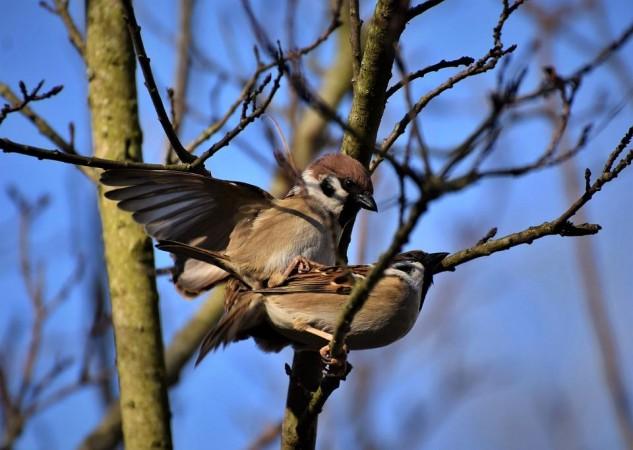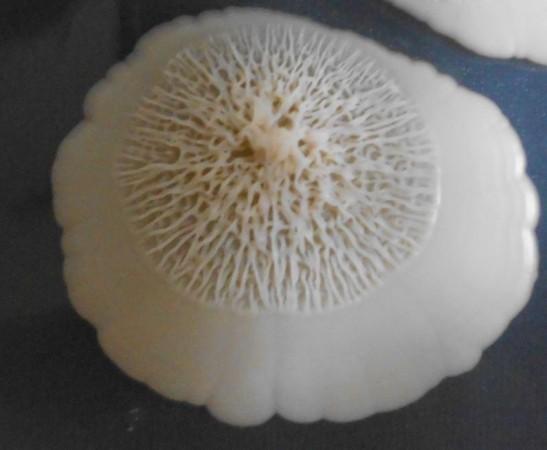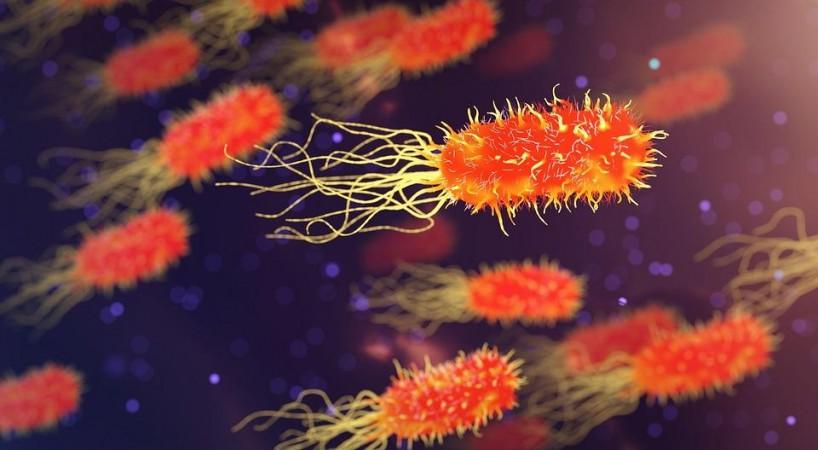It is fascinating how diverse the numbers of species are across the various sections of the evolutionary tree (or 'Tree of Life'). While certain groups of organisms have numerous species, others have hardly any. Therefore, the question of what drives such variation in the number of species is an important one. Now, a new study states that multicellularity and sexual reproduction propel diversity among different species.
According to the University of Arizona-led study, multicellularity and sexual reproduction play a crucial role in boosting rates of species diversification, thereby, promoting biodiversity among groups of organisms. The study also suggested that it could serve as an explanation for the predominance of sexual reproduction among species—also known as the 'paradox of sex'—by demonstrating the beings with sexual reproduction diversify more rapidly
"We found that groups with multicellularity and sexual reproduction have accelerated rates of species proliferation (diversification), and that multicellularity has a stronger effect than sexual reproduction. Patterns of species richness among clades are then strongly related to these differences in diversification rates," wrote the authors.
What is paradox of sex?

The paradox is defined by a very simple question—Why is sex a predominant mode of reproduction among multicellular organisms when the reproductive rate of individuals within a particular sexual population results in the production of 50 percent males? Males do nothing more than contributing genes for reproduction, with the females being the actual ones with the ability to bear offspring. However, in comparison to sexual species, every individual in an asexual species is capable of producing offspring directly.
"Sexual reproduction is not as efficient. Another disadvantage of sexual reproduction is that you do need two individuals to make something happen, and those two individuals have to be the right sexes. Asexual species, on the other hand, only need one individual to reproduce," pointed out Dr. John Wiens, co-author of the study, in a statement.
Finding Drivers of Diversity

The authors aimed to test whether multicellularity and sexual reproduction may help explain the fascinating pattern of diversity differences among species. They also sought to find out why sexual reproduction continues to persist in numerous species and is not been lost evolutionarily. "We wanted to understand the diversity of life. Why are most living things animals, plants and fungi?" said Dr. Wiens.
For the study, the authors estimated the rates of species proliferation across 17 major groups that comprise all living organisms. This included bacteria, fungi, plants, animals and protists (organisms that are not any of the four mentioned organisms).
The researchers laboriously approximated how many species in each of the groups were unicellular versus multicellular, and how many of them reproduced asexually versus sexually. Over 1,100 studies were analysed in depth and the modes of reproduction and cellularity of over 1.5 million species were identified.
Sexual Reproduction and Multicellularity

It was learnt that both sexual reproduction and multicellularity served as an explanation for the rapid expansion of animal, plant and fungal species. Thus, the rapid growth of the three groups illustrates why they form over 90 percent of all known species on Earth. They also found that the expeditious diversification of sexual species may help explain 'the paradox of sex'
According to the scientists, the answer to the paradox of sex was rather straightforward. The reason why so many sexual species exist is that they indeed proliferate more speedily than asexual species. Prior to this, it had not been shown across all life forms. In addition to this, the authors found another reason for the existence of a large number of sexual species.
According to them, multicellularity and sexual reproduction are strongly linked across the evolutionary tree, and multicellularity enables the development of a large number of sexual species. "Multicellularity is actually more important than sexual production. We did a statistical analysis that showed it is probably at least twice as important for explaining these patterns of diversity as sexual reproduction," stated Dr. Wiens.
Dichotomy in Diversity of Species

Though the current study alone cannot determine why multicellularity is so significant, it has been suggested in the past that it may be on account of the variety in cell types in multicellular organisms. "If you're a single cell, there's not much variety there. But multicellularity allows for different tissues or cell types and allows for diversity. But how exactly it leads to more rapid proliferation will need more study," averred Dr. Wiens.
Talking about bacteria, their cellular status, and their reproduction, Dr. Wiens explained: "Most bacteria are unicellular and asexual. But because bacteria are much older than plants, animals and fungi, they have not proliferated as rapidly, even if there are billions of bacterial species. Therefore, multicellularity and sexual reproduction still explain the rapid proliferation of animals, plants and fungi."
Further research is required to understand biodiversity is driven by multicellularity and sexual reproduction. The team is looking into how certain groups of organisms are both multicellular and reproduce sexually but have a low rate of expansion. "We have some ideas. One example is rhodophytes, the red algae. These are mostly marine, and we know from animals that marine groups don't seem to proliferate as rapidly," expressed Dr. Wiens.












!['Had denied Housefull franchise as they wanted me to wear a bikini': Tia Bajpai on turning down bold scripts [Exclusive]](https://data1.ibtimes.co.in/en/full/806605/had-denied-housefull-franchise-they-wanted-me-wear-bikini-tia-bajpai-turning-down-bold.png?w=220&h=138)
![Nayanthara and Dhanush ignore each other as they attend wedding amid feud over Nayanthara's Netflix documentary row [Watch]](https://data1.ibtimes.co.in/en/full/806599/nayanthara-dhanush-ignore-each-other-they-attend-wedding-amid-feud-over-nayantharas-netflix.jpg?w=220&h=138)



